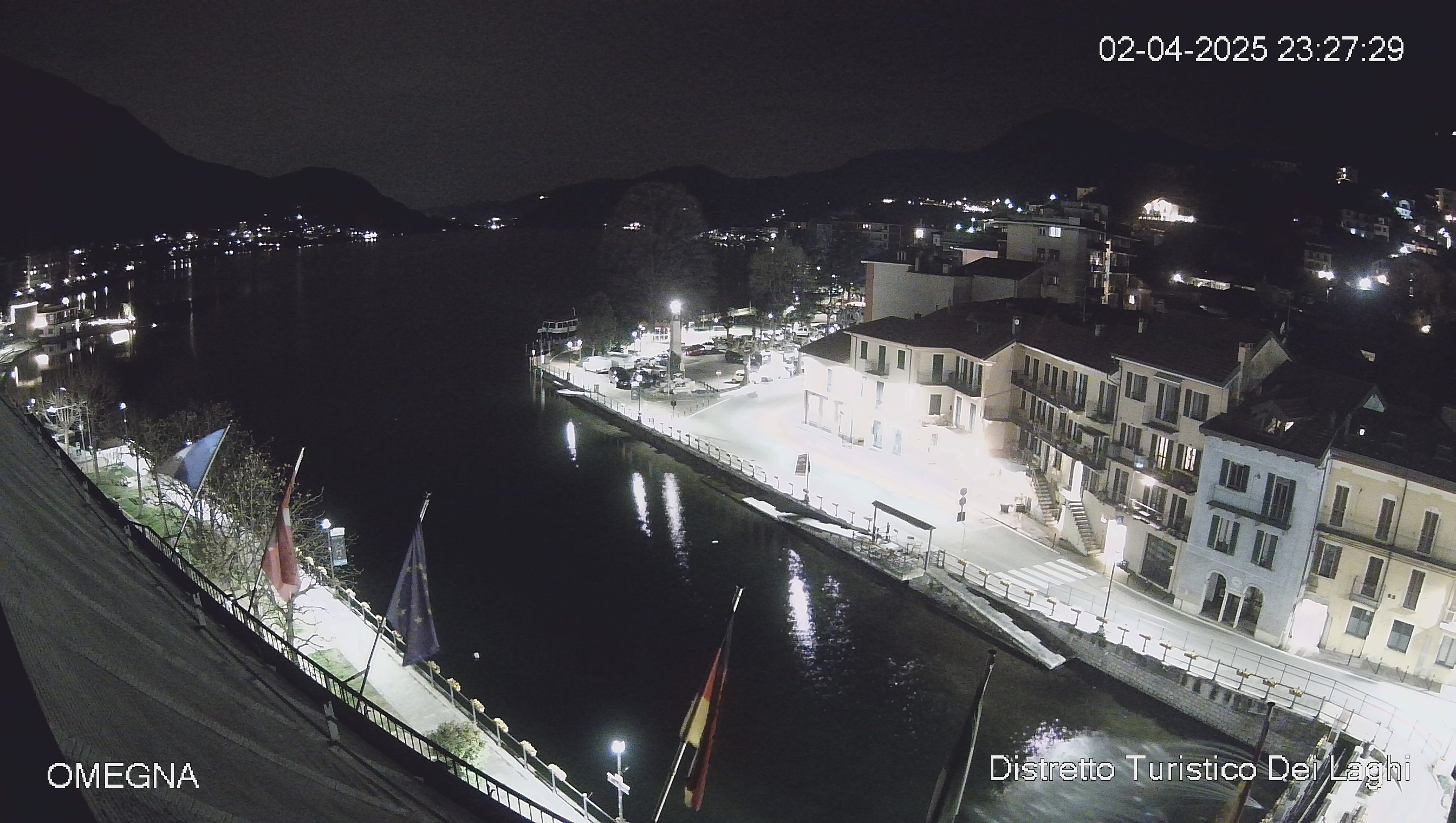Orta San Giulio - Small town of excellence
Recognitions
Italian Touring Club Orange Flag
The Most Beautiful Villages in Italy
Altitude
294 a.s.l.
Patron Saint
31 January, San Giulio
Market Day
Wednesday
Tourist Information
www.comune.ortasangiulio.no.it
THE VILLAGE: CHEST OF CULTURE, TRADITIONS AND NATURE
The name Orta derives from the Latin hortus conclusus (enclosed garden) and in the Middle Ages the village took the name of San Giulio after the evangelising saint. The village lies on the western side of the peninsula overlooked by the Sacro Monte di Orta, opposite the beautiful and mystical Island of San Giulio. A lakeside town on Lake Orta, it is defined as a "transition area" within the Ticino and Lake Maggiore Protected Areas in the "Lake Orta Protected Areas" section, included in the "MAB - Man and the Biosphere", an intergovernmental scientific programme launched by UNESCO. Orta is also home to the Special Nature Reserve of Sacro Monte di Orta, a UNESCO World Heritage Site. The very favourable panoramic position, the ancient residences, the baroque palaces, the network of charming narrow and winding streets sloping down towards the lake make it a very interesting tourist attraction.
The centre of the town is the famous Piazza Motta, a "piazza - living room" overlooking the lake with the Palazzotto, the Palazzo della Comunità della Riviera di San Giulio (1582), where the community met and administered justice. Climbing the Motta, a section of Via Caire Albertoletti, you reach the parish church of Santa Maria Assunta (1485, rebuilt in the 18th century), the highlight of the perfect Baroque setting. Here, you can admire the so-called "House of the Dwarfs" - the oldest house in Orta - dating back to the 15th century, Palazzo Gemelli - a grandiose late-Renaissance construction made of two bodies side by side with façades frescoed with mythological stories, Palazzo De Fortis Penotti - now Ubertini - built in the first decade of the 18th century. Decorated houses, wall coverings made of ancient stones, splendid wrought-iron gates, secret gardens: everything becomes a continuous discovery for the visitor.
We move on to the Sacro Monte of Orta, which is situated in a magnificent panoramic position. It is a devotional route consisting of 20 frescoed chapels enriched with life-size terracotta groups of statues illustrating the life of Saint Francis of Assisi. The Sacro Monte was built from 1590. A visit to the chapels allows us to understand the various architectural and artistic models that have followed one another over time.
Let's move on to the famous island: with a perimeter of only 650 metres, it has a taller construction built on the old castle, the Seminary of 1844, now an abbey of Benedictine "Mater Ecclesiae” nuns; no less grand is the Basilica of San Giulio, founded in the 4th century. The present basilica is Romanesque in layout, and was remodelled in later centuries. Behind the left apse rises the bell tower with mullioned and three-light windows in a style close to Lombard-Romanesque. Particularly noteworthy are the ambo made from a grey-green serpentine monolith from Oira and the crypt with the silver shrine (1697) containing the remains of San Giulio. A road runs round the whole island, the so-called "Way of Silence and Meditation", depending on how you go about it.
Finally, we take you to the Buccione Tower: situated on a hill overlooking the southern part of Lake Orta, the tower was part of a military outpost, whose first documentary evidence dates back to the 12th century. The 23-metre-high tower had a signalling function and is divided into three wooden decks that hosted the garrison.
One of the most local important events is "UTLO - Ultra Trail del Lago d'Orta", one of the most popular meeting of trail runners from all over the world. Orta San Giulio is one of the main stops on the route (period: October).
Typical food and wine
In the area surrounding Lake Orta, we would like to point out the Toma del Mottarone, a cheese of varying maturity and a straw-yellow colour coming from the gentle foothills of the Alps. In addition, as on the other lakes, the star player is freshwater fish. Finally, we would like to point out the "Pane di San Giulio", a rye bread stuffed with sultanas and dried fruit, prepared fresh for the Patron Saint's day on 31 January.
Hospitality
www.distrettolaghi.it/en/ospitalita
Trekking Routes
Recommended Treks: Lake Orta: Pella – Orta San Giulio e Lake Orta: Raggio d'Oro from Pettenasco to Legro
Bike Routes
Recommended Bike Routes: Anello Azzurro del Lago d’Orta e Giro del Lago d’Orta
Accessibility
Accessible for people with reduced mobility. For persons using a manual wheelchair, the presence of an accompanying person is recommended.
Recommended "For all" route: Lake Orta: ORTA SAN GIULIO, PELLA AND MADONNA DEL SASSO
Handicrafts
This village overlooking the Lake Orta area is worth mentioning for its wood craftsmanship. In the Strona Valley, a green and narrow valley north of the lake, there is an ancient practice of wood craftsmanship, which took advantage of the waters of the streams to move the lathes. For over 50 years, the famous Pinocchios (Fornero and Piana di Fornero) have been manufactured here, as well as chess games, place cards, spoons (Forno) and objects for home and kitchen furnishings, etc.
Archivio Fotografico Distretto Turistico dei Laghi
Foto di Marco Benedetto Cerini














